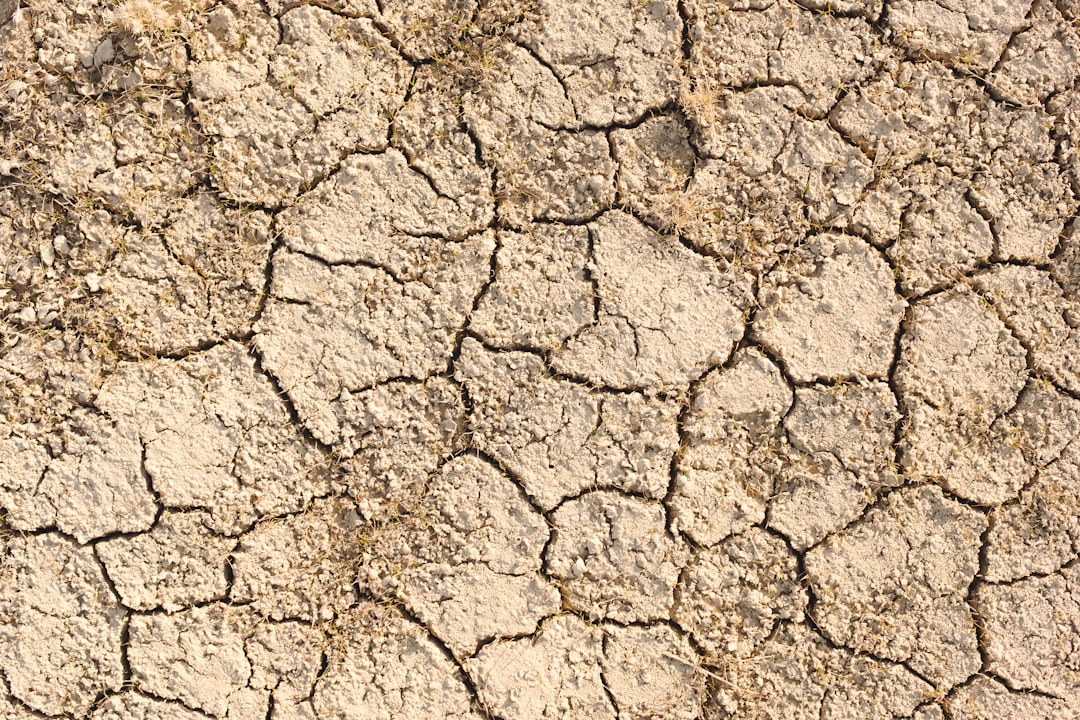What is it about?
For 5+ decades, computational fluid dynamics (CFD) prediction of turbulent flowfields relies on “physics-based models” to define the action of the Reynolds stress tensor and heat/mass flux vectors embedded in time-averaged (RaNS) or spatial filtered (LES) Navier-Stokes (NS) PDE systems. That CFD algorithms written on these modeling closed RaNS/LES PDE systems lack sufficient prediction accuracy for rigorously detailed engineering design optimization remains a fundamental liability. The chronic absence of code prediction fidelity improvements engendered the observation, “... recently perceived stagnation of CFD capability advancement ... “ in AIAA Aerospace America in 2014. The 2014 NASA report “CFD Vision 2030 Study: a Path to Revolutionary Computational Aerosciences,” identified current practice RaNS/LES code prediction fidelity key inadequacies: • “... single most critical issue .. adequately predict viscous turbulent flows, ... boundary layer transition ... flows with separation present.” • “... a theoretically based, hybrid RaNS/LES turbulence simulation capability.” AIAA technical literature-cited inadequacies for the NPARC Alliance WIND-US RaNS/LES government/industry CFD code include: • “... prediction sensitivity to . . . turbulent scalar transport model constants, ...” • “... turbulent Prandtl and Schmidt number models ... “ Elimination of these closure modeling inadequacies requires heurism replacement with mathematical rigor. A fundamental CFD unstagnation advancement is documented - a totally analytical closure theory for the rigorously space-filtered thermal, multi-species NS PDE system. The theory closed PDE system is applicable for all Reynolds numbers (Re) as the derivation makes no assumption on flowfield state. Thus is enabled, herein documented, generation of a posteriori data quantifying first principles (modeling-free!) prediction of: • unsteady thermal wall layer velocity laminar profile transition to insipient turbulent, then separation, turbulent profile reattachment and relaminarization • theory state variable-specific momentum/thermal transport predictions quantify turbulent Prandtl number model fidelity liability. Both achievements are explicitly responsive to bulleted CFD inadequacy resolutions.
Featured Image

Photo by Pawel Czerwinski on Unsplash
Why is it important?
Elimination of CFD closure modeling inadequacies requires heurism replacement with mathematical rigor. A fundamental CFD unstagnation advancement is documented - a totally analytical closure theory for the rigorously space filtered thermal, multi-species NS PDE system. The theory closed PDE system is applicable for all Reynolds numbers (Re) as the derivation makes no assumption on flowfield state. Analytical filtered NS (aFNS) theory CFD advancement unstagnation is documented in three parts. Theory derivation, including resolution of numerous mathematical issues for aFNS theory PDE system to be bounded domain well-posed constitutes Part I. Key is handling filter penetration of domain boundaries leading to boundary commutation error (BCE) integral and non-homogeneous Dirichlet boundary condition (DBC) algorithms, validations for which are Part II detailed. Part III documents comprehensive validation of complete aFNS theory-resolutions coupled algorithm code for Reynolds number specifications ranging 100 < Re < 12,000.
Perspectives
This landmark CFD theory achievement is the culmination of 15 years of research on the subject at University of Tennessee CFD Laboratory. As Prof Baker is now retired it is your author's sincere wish that some team in the CFD community pick up on this development to expand the validation base beyond that reported herein.
Professor emeritus A. J. Baker
CFD Laboratory;, University of Tennessee, USA
Read the Original
This page is a summary of: Totally analytical closure of space filtered Navier–Stokes for arbitrary Reynolds number: Part I. Theory, resolutions, Numerical Heat Transfer Part B Fundamentals, October 2016, Taylor & Francis,
DOI: 10.1080/10407790.2016.1215710.
You can read the full text:
Contributors
The following have contributed to this page










